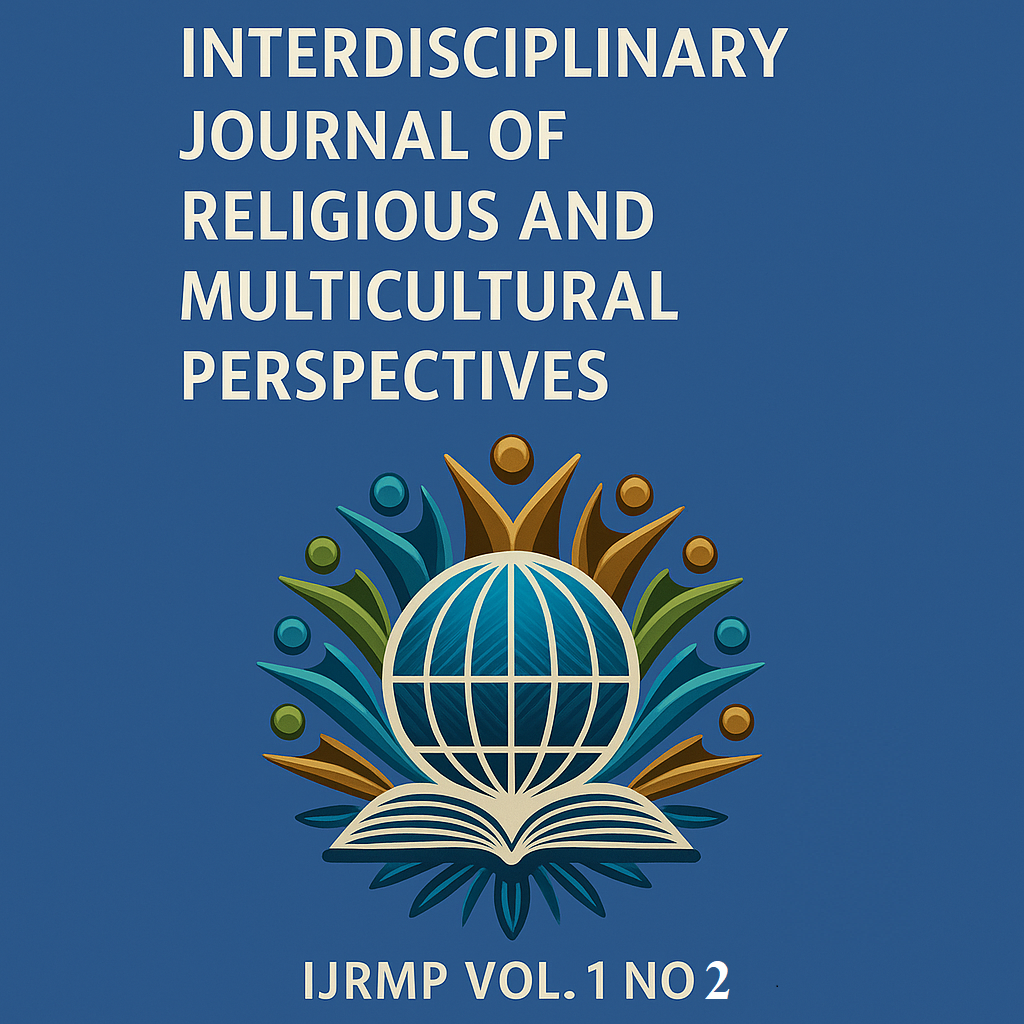The Effects of Continuous Debt on National Economic Growth
Keywords:
Debt; Economy; CrisisAbstract
This study examines how substantial external debt and its associated servicing obligations influence the economic growth of a national economy. The external debts of both Iraq and Iraq are assessed in a revised framework that employs conventional yet creatively applied economic models and econometric approaches. The research utilizes the Neoclassical growth model—integrating external sector factors, debt indicators, and various macroeconomic variables—to assess both linear and nonlinear impacts of debt on economic expansion and investment. Analytical techniques such as Ordinary Least Squares (OLS) and Generalized Least Squares (GLS) are used. Among the findings, the study confirms that external debt and its servicing requirements exert a negative effect on economic growth in both countries. Nevertheless, Iraq demonstrates relatively better performance in using foreign loans to support economic development. Furthermore, the results show that while external debt initially fosters growth in Iraq, beyond a certain level, it begins to hinder it, indicating the presence of nonlinear effects.
References
Amatzia Baram (October 2011). "From Militant Secularism to Islamism: The Iraqi Ba'th Regime 1968–2003" (PDF). Woodrow Wilson International Center for Scholars: History & Public Policy Program. p. 21. Archived from the original (PDF) on 22 July 2015. Retrieved 7 April 2015.
Azhary, M.L. (1984). The Iran–Iraq War: an Historical, Economic, and Political Analysis. Routledge. pp. 54–55. ISBN 978-0-7099-0925-5.
Azhary, M.L. (1984). The Iran–Iraq War: an Historical, Economic, and Political Analysis. Routledge. p. 62. ISBN 978-0-7099-0925-5.
Ayadi, F.S., (1999). The Impact of External Debt Servicing Requirements on Iraq’s Economic Development.
Candemýr, H. Baturalp (1994). “External Debt and Internal Transfer Problem: The Case of Turkey:1980-1990”.
Childs, John; Corvisier, André (1994). A Dictionary of Military History and the Art of War. Wiley-Blackwell. p. 403. ISBN 978-0-631-16848-5.
Cordesman, Anthony H. (2018). Iraq: Sanctions And Beyond. Routledge. p.40. ISBN 978-0-429-96818-1.
Clements, B.; Bhattarcharya, R.; Nguyen, T.Q. (2003). “External Debt, Public Investment, and Growth in LowIncome Countries”. IMF Working paper No. 03/249.
Colaco, F.X. (1985). “International Capital Flows and Economic Development.” Finance and Development, 22, 12-22.
Solow, R. M. (1956). A contribution to the theory of economic growth. The Quarterly Journal of Economics, 70(1), 65–94. https://doi.org/10.2307/1884513
Helfont, Samuel. "Saddam and the Islamists: The Ba‘thist Regime's Instrumentalization of Religion in Foreign Affairs." The Middle East Journal. Volume 68, Number 3, Summer 2014. pp. 352–366. Available at Project MUSE.
International Monetary Fund. (2020). Macroeconomic developments and prospects in low-income countries—2020. https://www.imf.org/en/Publications/Policy-Papers/Issues/2020/03/09/Macroeconomic-Developments-and-Prospects-in-Low-Income-Countries-2020-49299
Judge, G. G., Griffiths, W. E., Hill, R. C., Lütkepohl, H., & Lee, T.-C. (1985). The theory and practice of econometrics (2nd ed.). Wiley.
Hunt, E. K. (2007). History of economic thought: A critical perspective (2nd ed.). M.E. Sharpe.
Pattillo, C., Poirson, H., & Ricci, L. (2002). External debt and growth. IMF Working Paper No. 02/69. International Monetary Fund. https://doi.org/10.5089/9781451849734.001
Reinhart, C. M., & Rogoff, K. S. (2010). Growth in a time of debt. American Economic Review: Papers & Proceedings, 100(2), 573–578. https://doi.org/10.1257/aer.100.2.573
Krugman, P. R. (1988). Financing vs. forgiving a debt overhang. Journal of Development Economics, 29(3), 253–268. https://doi.org/10.1016/0304-3878(88)90044-2
World Bank. (2021). International debt statistics 2021. The World Bank. https://doi.org/10.1596/978-1-4648-1591-2
Downloads
Published
Versions
- 2025-11-18 (2)
- 2025-07-03 (1)
Issue
Section
License
Copyright (c) 2025 Al-Khalil Samir (Author)

This work is licensed under a Creative Commons Attribution 4.0 International License.





